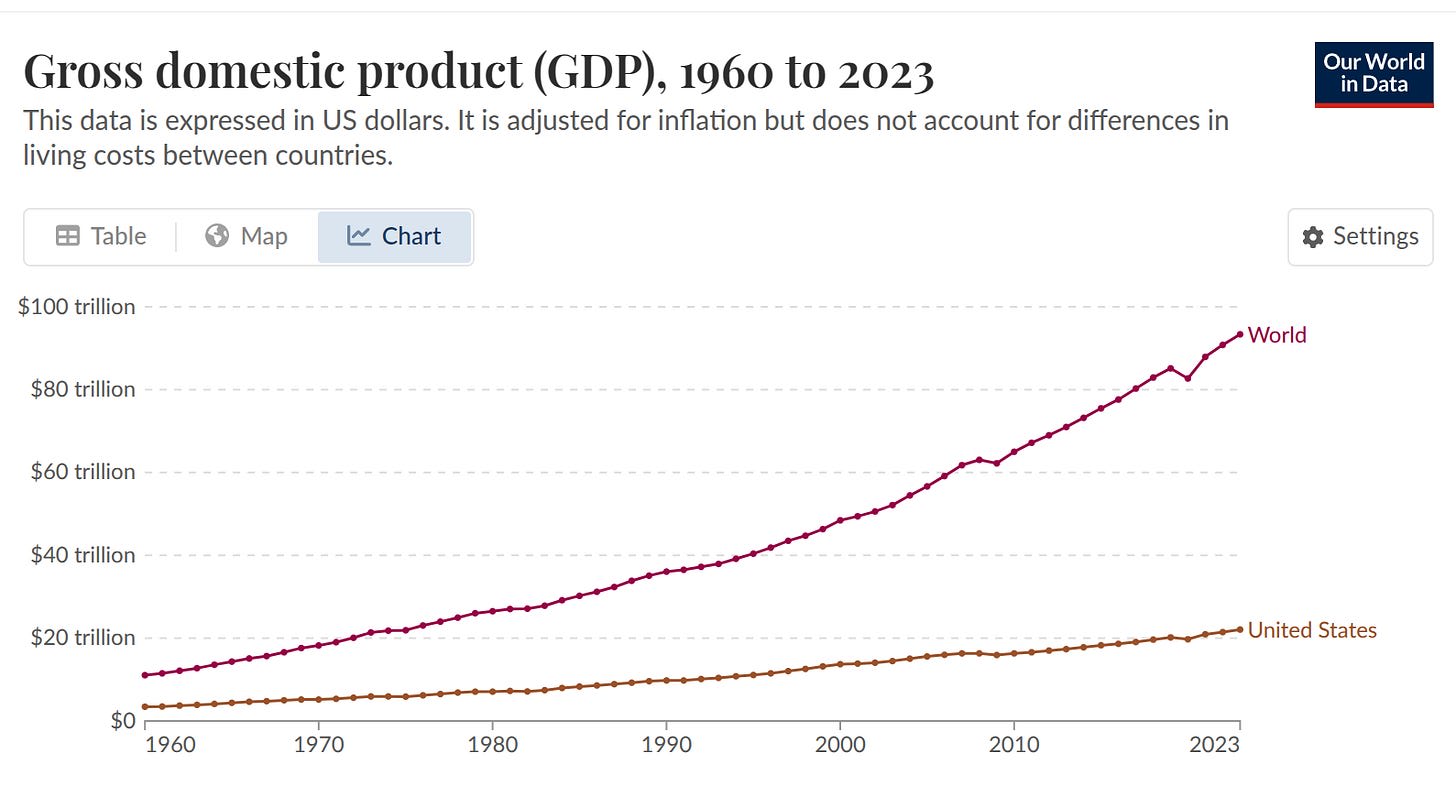Sentinel's Global Risks Weekly Roundup #15/2025: Tariff yoyo, OpenAI slashing safety testing, Iran nuclear programme negotiations, 1K H5N1 confirmed herd infections.
post by NunoSempere (Radamantis) · 2025-04-14T19:11:20.977Z · LW · GW · 0 commentsThis is a link post for https://blog.sentinel-team.org/p/global-risks-weekly-roundup-152025
Contents
Executive summary Economy None No comments
Executive summary
The Trump administration backtracked from his tariff plan, reducing tariffs from most countries to 10%, but imposing tariffs of 145% on China, which answered with 125% tariffs on US imports and export controls on rare earth metals.
The US saw protests against Trump and DOGE, and the US Supreme court ruled that the administration must facilitate the return of an immigrant wrongly deported to El Salvador.
OpenAI is slashing the amount of safety testing they will do of their new AI models, from months down to days, and Google launched a new AI chip for inference.
Negotiations between the US and Iran on its nuclear program are starting, reducing our estimated probability of a US strike on Iran’s nuclear programme by the end of May to 15%.
The number of US dairy herds that have had confirmed H5N1 infections has hit 1,000.
Economy
After stock market turmoil and a spike in US treasury bond yields, Trump backtracked from his tariff plan. He announced that imports from most countries would only face tariffs of 10%, and he further exempted smartphones, computers and chips from tariffs—important categories of exports from China. Kevin Hassett, the director of Trump’s National Economic Council, has said that it would take an extraordinary deal for a country’s exports to face tariffs lower than 10%. The focus of some negotiations may be to get tariffs on steel, aluminium and cars down from 25%.
However, the trade war between the US and China continues, with the US placing tariffs of 145% on Chinese imports and China placing tariffs of 125% on US imports. China has further intensified the trade war by placing export controls on rare earth metals, effectively halting exports while companies pursue export licenses. The US, meanwhile, has been asking that China request a phone call between Trump and Xi. Paul Krugman has calculated that, based on 2024 trade, the average US tariff rate is now 24.95%. But if you account for lower imports from China due to tariffs, as well as the costs of not importing from China, he comes up with an effective tariff rate of just below 20%. Estimates vary.
In the meantime, China is seeking to take advantage of the rift between the US and its allies, attempting to strengthen its ties with the European Union and countries in Southeast Asia. Spain’s Prime Minister Pedro Sanchez visited China, and Xi will visit Malaysia, Vietnam and Cambodia this week.
Beyond tariffs, Trump signed an executive order that directs the US Trade Representative to impose million-dollar fees per port call on ships in fleets that have at least one Chinese-built or Chinese-flagged vessel. The details of the fees will be determined by April 17. While the order aims to boost the US ship-building industry, Ryan Petersen, CEO of Flexport, points out that such fees would hamper US exports and cause a lot of ships to avoid all but the largest ports, to reduce the per-port-call fees. With many ships avoiding smaller ports, the largest ports would immediately be overwhelmed, and a lot of dock workers in smaller ports would lose their jobs.
Forecasters estimate a 47% chance of a global recession by the end of the year, with a range of 39% to 55%. They emphasize, on the one hand, that a global recession is a high bar to clear—it was met in 2009, but not in 2008—but, on the other hand, that even if Trump were to reverse bad decisions, instability itself destroys value and the ability to plan.

You can read the rest of the post here: https://blog.sentinel-team.org/p/global-risks-weekly-roundup-152025
0 comments
Comments sorted by top scores.